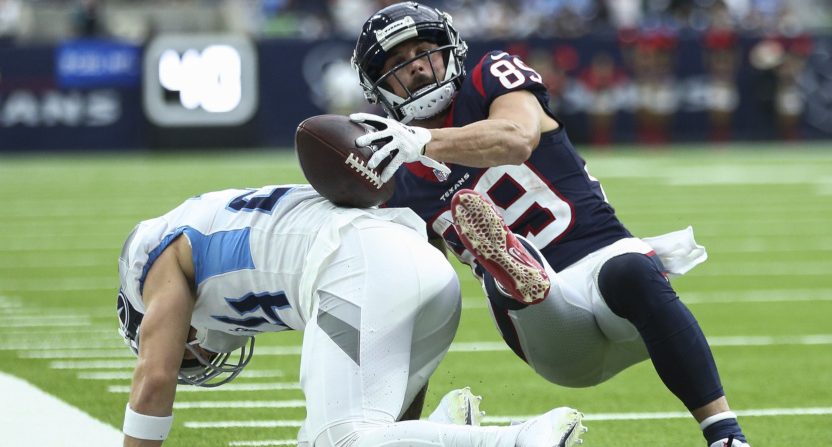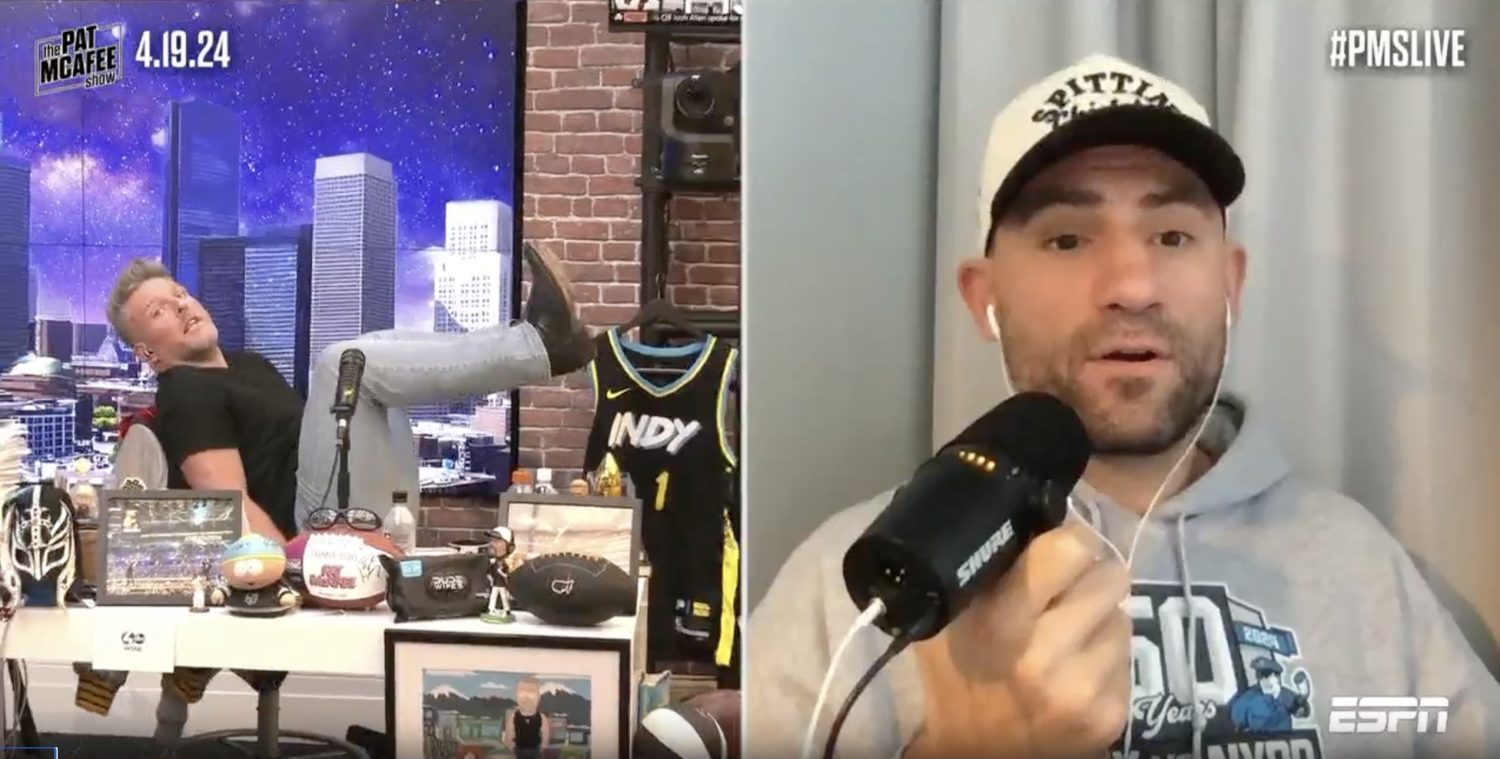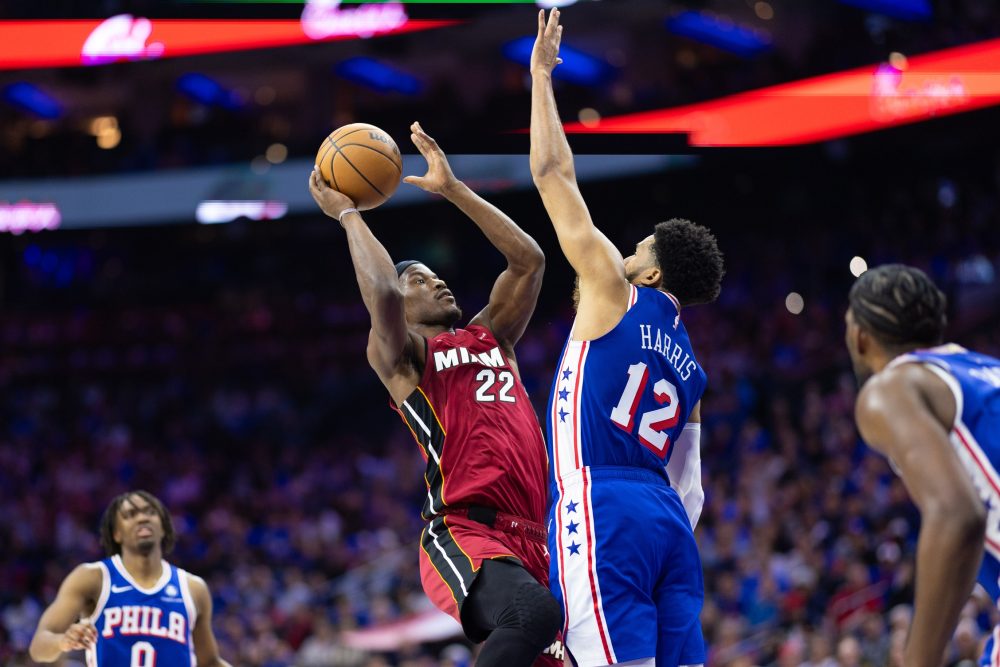The national ratings story for the NFL this season was quite strong (an overall average of 17.1 million viewers per game across TV and digital, the best number since 2015), and that has extended into the playoffs so far. Some of that comes from the measurement changes of including out-of-home viewing (initially planned to be held back in the summer of 2020, then implemented in the fall of 2020 anyway after network complaints, but much more notable this year with looser COVID restrictions on gatherings, although there have still been counting issues), but the overall story still looks good for the league. And that’s also reflected in the team-by-team local ratings, which Sports Business Journal‘s John Ourand wrote about Friday. (That piece is worth a look for the full listing of how each team did.) However, those do come with some concerns for some particular teams.
The most interesting information in there may be the year-over-year change, with 21 of the 32 NFL franchises posting gains there. Some of those gains are quite large, with the Los Angeles Chargers (25 percent) and Dallas Cowboys (23 percent) at the top. (Percentage changes are bigger when the actual numbers being discussed are lower, so the Cowboys’ gain is larger in terms of raw ratings, going from a 23.96 to a 29.55 while the Chargers went from a 6.82 to an 8.49.) And while a lot of the teams that saw gains are playoff teams (unsurprisingly; local ratings success has a lot to do with the team’s on-field play), the Carolina Panthers pulled in an impressive +19 percent despite going from a 5-11 season to a 5-12 one.
But of the 11 teams that saw a decline, there are some big markets involved. The largest decline came for the Houston Texans (receiver Danny Amendola is seen above in a Jan. 9 game against the Tennessee Titans), who dropped 18 percent (to a 12.26). The next three teams there were the Chicago Bears, New York Giants, and Seattle Seahawks, who all saw a 14 percent drop (to a 22.15, a 8.39, and a 31.41 respectively). By Nielsen’s 2021-22 designated market area rankings, Houston, Chicago, New York and Seattle are the country’s eighth, third, first, and 12th-largest markets respectively, so double-digit percentage drops in those spots involve a lot of viewers. (For the New York market, it’s also worth mentioning the Jets, who saw an eight percent increase: however, that was to a 7.12, still well below the Giants’ 8.39.)
The bright-side view for the NFL out of this local data is that there seems to be lots of room to grow. The Texans (4-13), Bears (6-11), Giants (4-13), and Seahawks (7-10) went a combined 21-47 this year, and these local ratings have a strong correlation with team performance. Better seasons from any or all of those teams could produce big increases, and given the size of those markets, those increases could lead to many more people watching. But it is also interesting to see that despite the league-wide ratings successes this year, the ratings story went the other way in a number of big markets.
[Sports Business Journal; photo from Troy Taormina/USA Today Sports]






